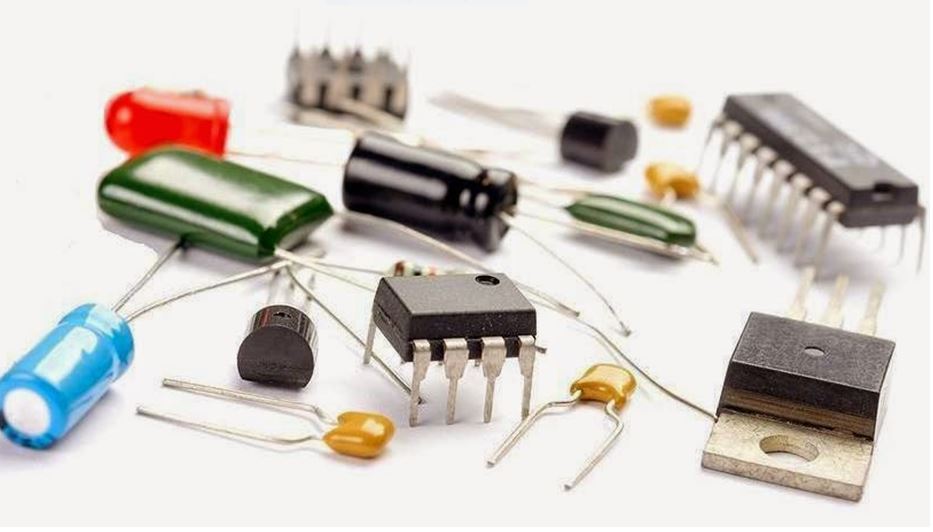For any DIY maker or tinker, tools can mean the difference between enjoyment and frustration. Whether you are just getting started or you are building advanced circuits, the better your tools, the more smoothly your project will go. From testers to microcontrollers, each tool adds to the capabilities of your projects.
Knowing what you should have initially means you will avoid mistakes and save some money. Let’s look at the basic tools every electronics maker should have easily accessible nearby. Understand electronic components here.
What tools do beginners need to start?
Whether you are just beginning your journey into electronics, there are some items that you absolutely have to have. Breadboards, jumper wires, and a starter kit of resistors, capacitors, and LEDs will allow to build and test circuits without permanent soldering. These basics will help you explore and experiment while learning how your electronic components will work with each other.
You might also want a basic toolkit with pliers, wire cutters, and wire stripper. These hand tools will allow you to make your connections clean and help reduce mistakes. Getting a good foundation of Components for electronics will allow you to run into projects with confidence.
Why soldering stations are important for precision
When you are comfortable on breadboards, you will want to make your circuits permanent. That is what a soldering station will give you. Stationary tools give you more options than less expensive soldering pens partly because of the extra settings to help you know what the right temperature is to use for working with small parts.
If you can do that successfully, it can save you a lot of hassle trying to prevent overheating with fragile circuit boards or other sensitive chips. Most hobbyists in the UK that are doing this for fun will buy soldering tools that are better quality, last longer, and will always give you the same high-quality soldering every time. If you plan on using other projects type of projects, such as audio circuits or wearables such as microcontrollers, using a soldering station is very useful.
Learn more about electronic components:https://www.geeksforgeeks.org/electrical-engineering/electronic-components/
Multiplier and everyday use of these tools
When you remove a multi-meter from your tool kit, you can add as many possible combinations of options to your projects as you can dream up. You can measure current, voltage, and resistance to basically get your circuits instant feedback as to what is happening. For example, if you do not know why an LED will not light, or why a motor will not spin, a multi-meter gives you that feedback.
Multi-meters, even at the advanced stage with projects, will always be something you will reach for every day. Digital multi-meters are as easy to read as they come and often include a continuity testing feature that will help you to find a break in your connection. For whoever buys components for electronics, there is nothing like having a reliable multi-meter to give you accurate information.
Exploring Arduino and ESP32 microcontroller boards
Microcontrollers add a whole new dimension of opportunities. Most Arduino boards are beginner-friendly, you can find tutorials for how to use them just about everywhere and if you are doing some automation or simple sensor-based projects, it’s great! An ESP32 board for IoT experiments even has built-in Wi-Fi and Bluetooth capability!
Regardless of which boards you elect to use though, it broadens the horizons of your projects beyond basic circuits, and allows you to think about your project as an interactive system. Using on-board modules as well, you can take information from key components such as motors, lights or even basic robotics, and control that aspect of your project’s functionality.
Many makers in the UK stock up on these boards, partly because you are probably using the same components again and again in iterations of already created projects, from weekend builds for fun, to something that you can actually prototype.
Building projects with sensors and relays
As your comfort level and understanding begins to develop, there are sensors and relays that will allow you to create even more advanced systems. As an example, adding sensors will allow you to build interactivity into your projects, like using motion detectors, temperature sensors, or light sensors. A relay will allow you to switch to a higher voltage device such as household appliances and higher-powered motors using small low-power circuits.
Adding a few more part(s) like sensors or relays will make your projects more functional and applicable to practical purposes. Rarely, if ever, would a beginner try to build a motion-activated light or a discretely build, temperature controlled fan, however you can buy affordable components for electronics such as those you can find at Kunkune or similar places for fast shipping that you would also appreciate.
Conclusion
In conclusion, building with electronics is a tactile hobby that builds upon itself as you learn more and more about what you are doing. If you start with basic tools such as breadboards and a soldering station, multi-meters, and finish basic projects, you will have developed a good base to build more advanced projects.
When you have had some experience with multi-meters, solder stations and commitment, and then you get to the stage of building with microcontroller boards, and integrating sensors and relays, you will have an enjoyable and creative experience.


